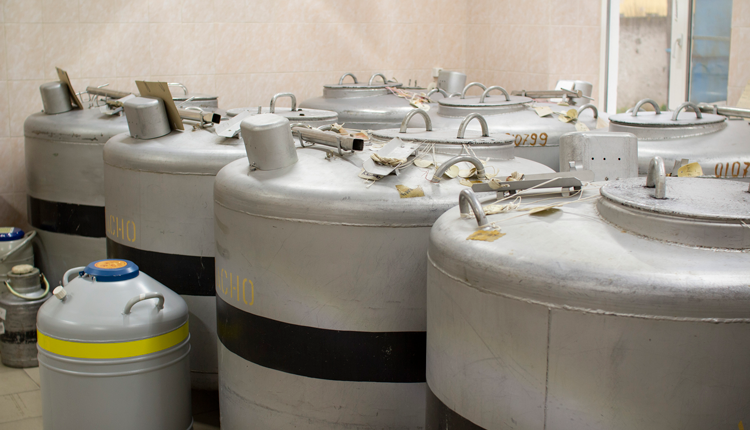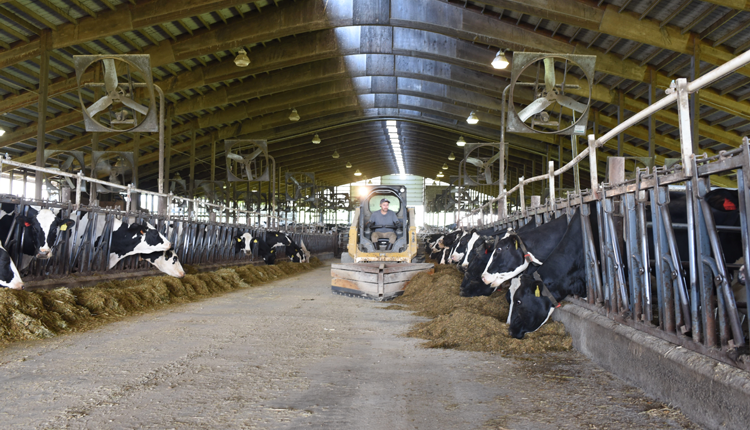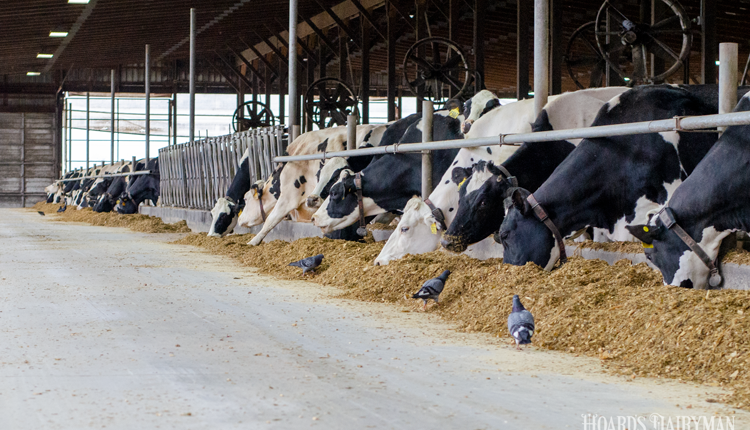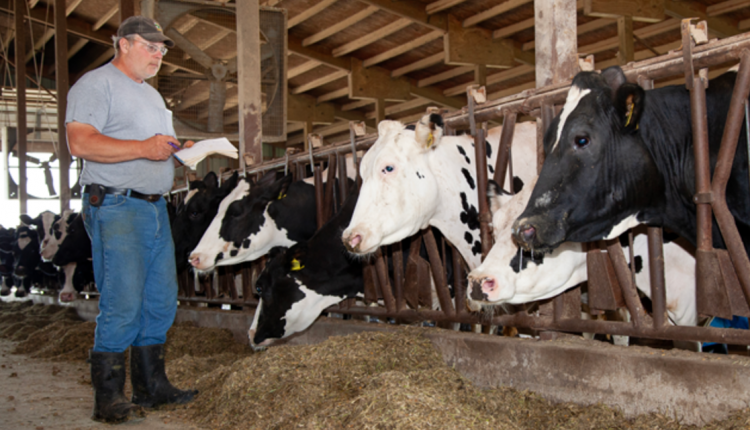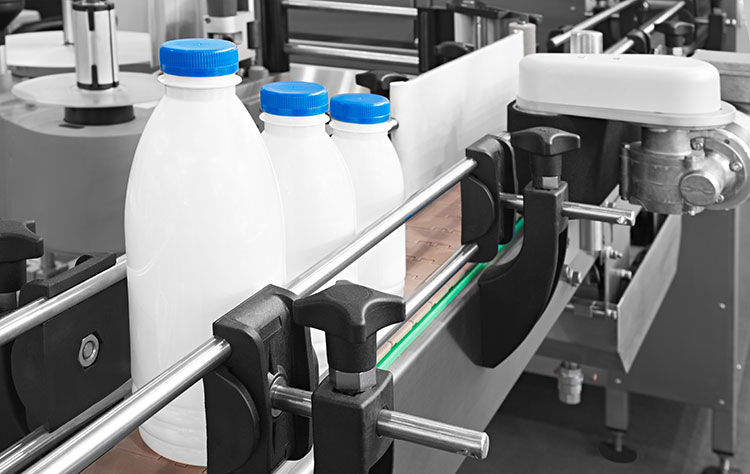
Right now, approximately 50 million children are home and not eating meals at school. In the last month, 17.7 million people have filed for unemployment, driving overwhelming traffic to our nation’s food banks. Millions of restaurants have closed or considerably restructured their business for now.
The way people are getting their food today is massively different than just a month ago.
At the same time, some dairy farmers have been forced to dump milk or limit production as processors must adjust their capabilities to try to meet the need for fewer food service dairy products and more retail, consumer-sized packages.
“We have product,” stated Tom Vilsack, President and CEO of the U.S. Dairy Export Council. “There is no need for retailers to limit customer purchases or for export markets to assume orders can’t be filled.”
The work being done now is to get that food product to where it is needed. There are four key areas where checkoff dollars are being pushed to allow milk to meet the country’s nutritional needs.
Retail
The issue of stores limiting dairy purchases is “patchwork,” said Dairy Management Inc. (DMI) President Barb O’Brien. Since there have been no corporate mandates on the topic by supermarket chains, individual stores are making these decisions. Processors and cooperatives have been urged to check on dairy cases when making store deliveries; if a limit is still in place, the supplier should work with the store to have them removed.
Food service
Relationships with food service partners usually get dairy products into thousands of quick serve meals every day. Now, some of that potential loss is instead being diverted to use for school children to pick up. Domino’s has helped provide 46,000 grab-and-go meals to students in the Miami-Dade school district, and similar programs are being developed with Pizza Hut and Taco Bell. Grocers have also been called upon to help quickly process orders, fulfilling 140,000 to 150,000 gallons for the hunger system in a week.
Schools
Schools use 7% of U.S. fluid milk, so we must be flexible in trying to recapture as much of that usage as possible. In addition to the meals delivered by food service partners, the GENYOUth organization under DMI is fulfilling grants from school systems across the country to provide equipment and supplies, such as coolers, to ensure school lunches are delivered and include dairy products.
Hunger
Feeding America, the organization that operates the country’s largest network of hunger-relief services, is estimating it will need another $1.4 billion in resources over the next six months to feed those in need. DMI is working with Feeding America, as well as cooperatives and restaurants, to get dairy products into these food banks. Already, the group says more than 100,000 gallons of milk are diverted into the system each week.
The demand situation we face now is unique. These new relationships must be developed with flexibility and implemented quickly to meet the economic needs of producers and the nutritional needs of consumers
“It’s a time like this when national organizations are more needed than ever,” said Tom Gallagher, CEO of DMI. “Because without us, those connections [with food banks and restaurants] aren’t happening.”
